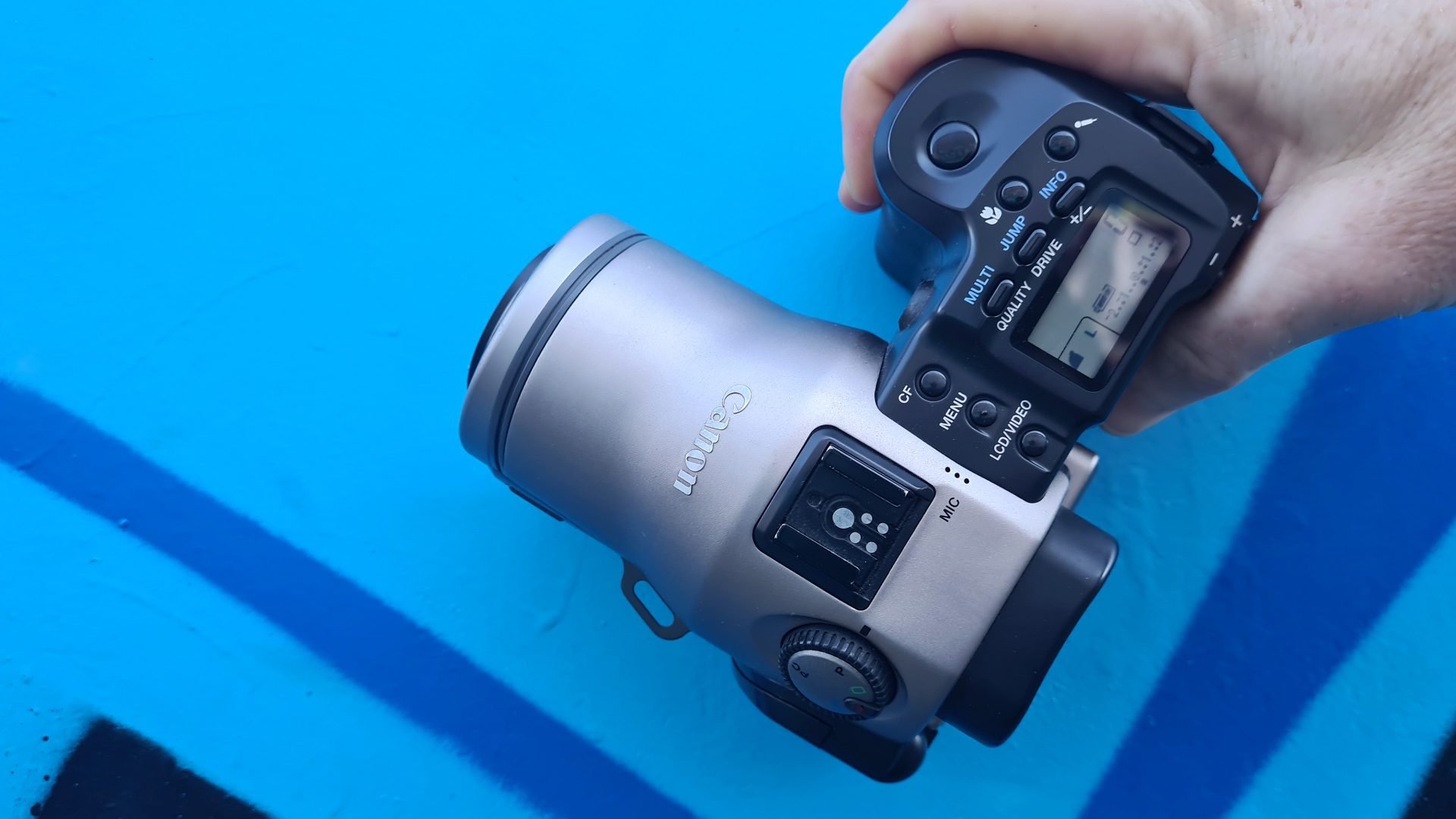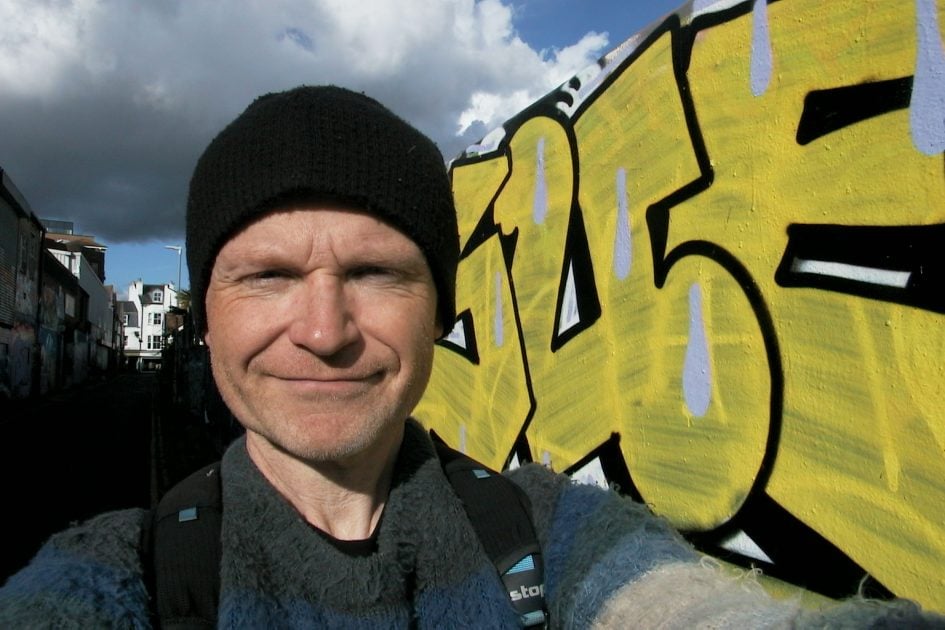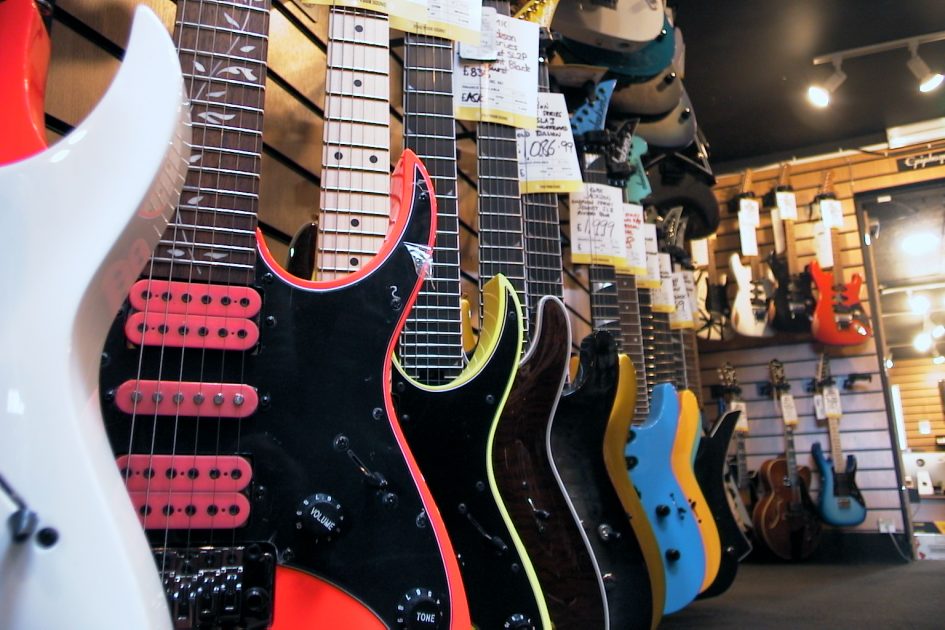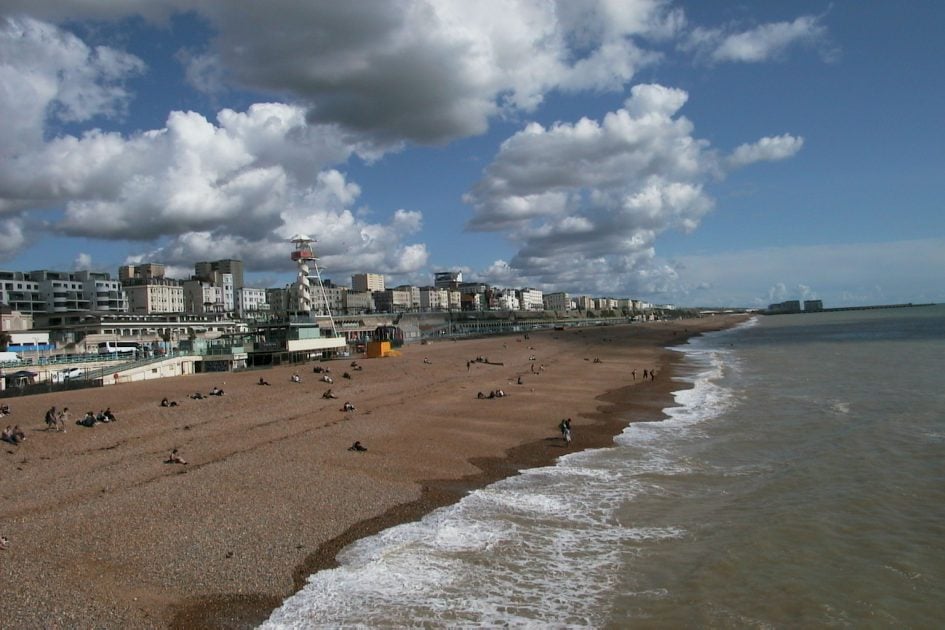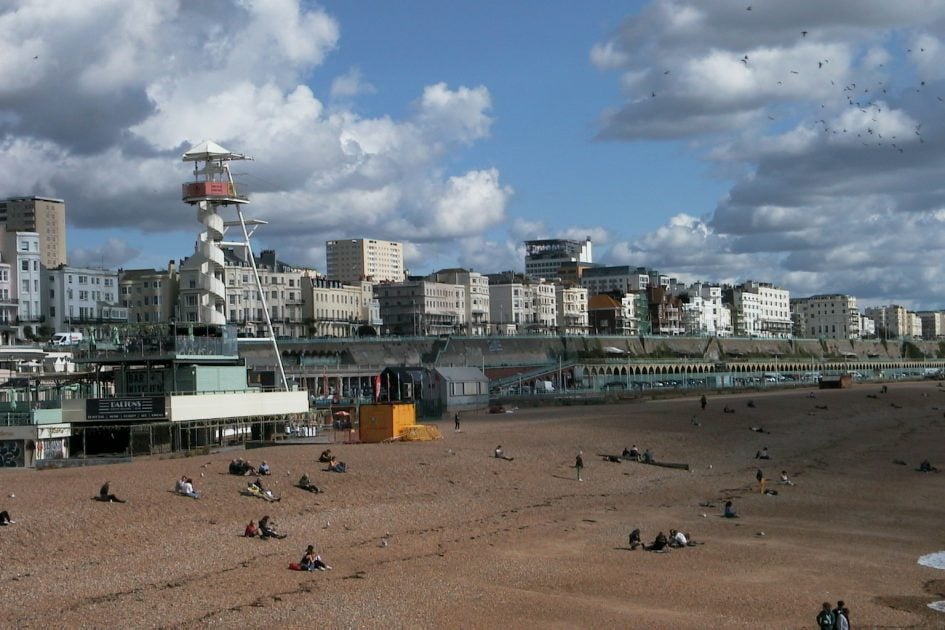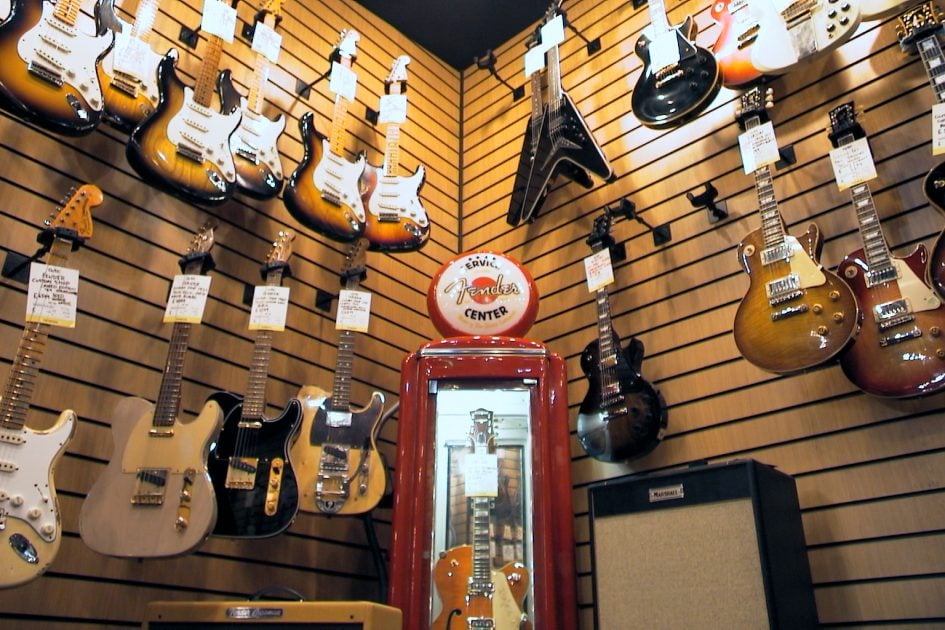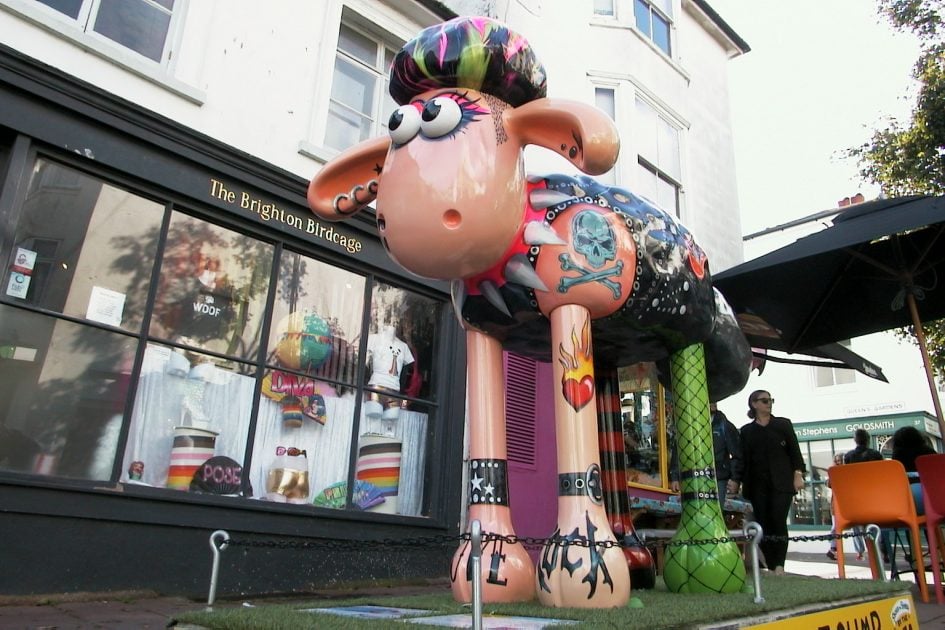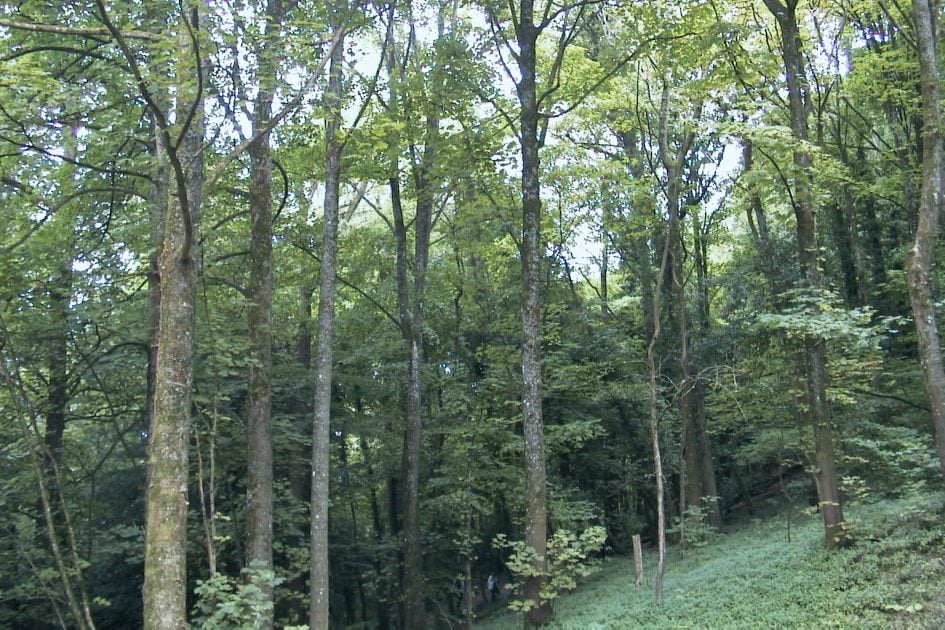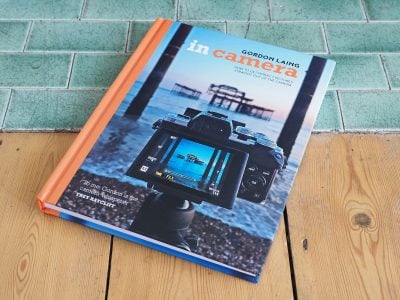Canon PowerShot Pro70 RETRO review
-
-
Written by Gordon Laing
The Canon PowerShot Pro70 was launched in November 1998 at a price of around $1200. This was the first PowerShot aimed at professionals and high-end enthusiasts who couldn’t stretch to the prohibitively expensive DSLRs of the day. It sported 1.7 Megapixels, a 28-70 zoom, flip screen and the chance to record RAW files, all packed into an SLR-styled body.
As Canon’s first really serious pro-sumer digital camera, it’s a model I’ve wanted in my collection for some time, but finding a working sample at a reasonable price has proven a challenge. They’re rarely seen and when they do turn up, it’s not unusual for prices to break into three figures. But in 2023 I managed to bag an untested Pro70 on eBay for just £22, that sprang to life given a new battery. DPReview were also kind enough to let me try out one from their archive, coincidentally the first model Phil reviewed on the site, albeit maybe not the exact same sample.
So 25 years after it was originally launched, I took the Canon Pro70 out on the streets of Brighton to see what it could do! It’s all in the video below, but if you prefer to read the written highlights, keep scrolling! All the sample images on this page are Large Fine JPEGs taken with the Pro70, unmodified.
Today the Pro70 looks like a fairly conventional SLR-styled bridge camera, with only the oval shape of the lens barrel when viewed from the front likely to elicit a second glance. But a quarter of a century ago, the Pro70’s design represented a significant departure for Canon’s PowerShot series to date.
The original PowerShot 600, launched two years previously in 1996, was an uninspired chunk of a camera, with an unnecessarily large body that felt empty in your hands. I’m not a fan of the looks, although I have made a video all about it if you’re interested in the Genesis of the PowerShot series. And don’t blame age either – remember, 1996 was the same year Sony launched the futuristic DSC-F1, albeit lacking the PowerShot 600’s invaluable support for removable memory cards.
The following year proved equally uninspiring for Canon’s digital cameras with the PowerShot 600N recycling the body of its predecessor, and the new 350 failing to offer anything much more exciting than support for smaller Compact Flash memory cards. But something changed in 1998, arguably the first year Canon took consumer digital photography seriously. The PowerShot A5 launched a series of attractive compacts inspired by the IXUS range of APS film cameras, while the Pro70 targeted the higher-end with a raft of features to delight professionals and enthusiasts alike.
Like the SLRs it was inspired by, the Pro70 encourages two-handed operation, with your right hand on the substantial grip and your left supporting the chunky lens barrel. Even today, it feels reassuringly secure and comfortable in your hands.
On the upper left side is a satisfyingly clicky mode dial which also acts as a power switch. Turning the dial clockwise from Off sets the Pro70 into full Auto, followed by Programmable mode which unlocks the most exposure control, PC when connecting to a computer with a serial connection, and Playback. There’s quite a gap between the P, PC and Play positions on the dial, as if other more advanced modes have been removed, but the P mode still offers more functionality than most 1998 digital cameras.
Like other pro cameras, Canon opted not to build a flash into the Pro70, instead relying on a hotshoe for external lighting alone. The lack of a built-in flash is a downside compared to rival prosumer digital cameras, but the hotshoe is fully-featured and compatible with Canon’s SpeedLights, specifically the 220EX and 380EX models.
The bulk of the controls are grouped on the upper right side, around an LCD information screen. Of note are a CF button to select between memory cards, LCD / VIDEO which simply toggles the rear screen on and off as there’s no actual video recording capabilities here, and a microphone button which allows you to add voice annotation to images.
Meanwhile the LCD screen on the top provides a wealth of information at a glance including the image quality, drive mode, exposure compensation, shots remaining on the selected card, and battery life. This display may not have a backlight option for use in dim or dark conditions, but remains useful.
Beyond three navigation buttons, the right of the rear surface is entirely devoted to your right thumb, although it would have been nicer with the same rubber surface as the grip.
For composition, the Pro70 is equipped with an optical viewfinder and a colour screen. The viewfinder adjusts as you zoom the main lens, providing fairly accurate framing, while a ring around the eyepiece adjusts the diopter rating.
Meanwhile the colour screen measures 1.8in diagonally and is fully-articulated, allowing you to easily frame at high or low angles, as well as forward to face you or back on itself for protection.
Again the screen is activated by pushing the LCD / VIDEO button, with the live image appearing about two to three seconds later. Note despite the button label, the Pro70 does not have video recording capabilities, so it’ll be selfie photos you’re capturing rather than vlogging when the screen’s facing you.
In order to appeal to a higher-end market, the Pro70 is equipped with a decent quality zoom lens with a 2.5x optical range equivalent to 28-70mm; this means the Pro70 provides wider coverage than most rival digicams which generally start closer to 35mm equivalent or even narrower. A key benefit of this camera.
The motorised zoom is operated by a rocker control on the side of the barre and has a single speed taking roughly three seconds to go from one end of the range to the other. The camera resets the zoom on power-up to around mid-way through the range.
The entire mechanism is housed within the barrel, so there’s no extending or moving parts to deal with on the outside, and this in turn makes the 37mm filter thread more useful.
Canon supplies the Pro70 with an oval-shaped rubber cap which fits over the entire front of the housing and is held in place by friction, but there’s no means to attach it to the camera with a cord for safe-keeping, so take care. Long-term this was clearly a bad idea as I’ve never seen a used Pro70 for sale with the original cap, although you could always use a 37mm cap on the filter mount, albeit only protecting the main lens and not the windows above and below it for the viewfinder and focus assist light.
Push the flower button and the Pro70 enters its Macro mode, focusing as close as 12cm and automatically zooming the lens to the longest focal length for the maximum impact; you can zoom the lens back out a little when set to Macro, but the range is limited and the reproduction reduces.
The lens has a maximum aperture of f2-2.4, and in P mode a menu option lets you manually set it wide-open to f8, effectively turning it into an Aperture Priority mode. If f8 isn’t blocking sufficient light, the Pro70 also has access to an f8+ND4 option which in terms of exposure is equivalent to f16 but without the associated diffraction.
The selected aperture is displayed on-screen in P mode, alongside the shutter speed, but there’s no way to manually select shutter speeds on the camera. You can however adjust exposure compensation in P mode from a +/-2EV range in one third increments. Oh and for the record, the Pro70 has access to shutter speeds from half a second to 1/500, extending to 1/8000 when set to its reduced resolution or burst mode, but you won’t be choosing them.
Behind a flap on the grip side are not one, but two Compact Flash card slots, with the first accommodating thicker Type II cards like the recently released IBM MicroDrive. Like other cameras which can take the MicroDrive, you’ll find it slows the overall handling a little from initial power-up to image recording and playback.
Twin card slots are unique in its peer group, but sadly you can’t record to both cards simultaneously for backup, or auto switch from one to the other when filled. Instead you’ll need to push the CF button to toggle between cards if two are installed, so the two slots only really save you from ejecting a card and inserting another.
In terms of ports, a rubber flap on the left side opens to reveal an N3 remote terminal jack, a 3.5mm composite video output, and a narrower digital output socket which connects directly to a computer using the supplied serial cable and acquisition software.
Meanwhile the Pro70 is powered by an NB-4H NiMH battery pack that’s charged externally using the supplied AC adapter. It’s a proprietary battery, but Canon designed it and the compartment to alternatively use a single 2CR5 Lithium pack if you’re caught short. The compartment looks like it might accommodate a pair of these, but you only need one and it only fits one way round.
Moving onto the sensor, the Pro70 employs a half-inch type CCD with 1.68 Megapixels in total and a CYGM colour filter array rather than the more common RGBG. The sensor delivers images with a maximum size of 1536×1024 pixels in the wider 3:2 shape of film cameras and most DSLRs, versus the squarer 4:3 shape of most digicams.
Pushing the Quality button in Auto mode lets you choose two JPEG compression levels, while turning the dial to P mode unlocks a reduced resolution option at 768×512 pixels, again available with two JPEG levels, but now with a slightly boosted sensitivity range up to 400 ISO and as noted earlier, a faster top shutter of 1/8000.
P mode also lets you select an uncompressed 10 bit RAW file mode, with files measuring around 2MB each versus around 350-450KB for best quality JPEGs in my tests. But while the RAW files are inevitably larger than JPEGs, they’re roughly half the size of the uncompressed TIFF options of rival cameras, with greater tonal depth too.
Like most 1998 rivals, there’s no video recording capabilities, but the Pro70 does offer a fair burst mode. Set the camera to P, push the Drive button, and the Pro70 will reduce the resolution to 768×512, boost the maximum ISO and shutter speed, before letting you fire-off up to 20 frames. In my tests the 20 frame burst took eight seconds, for a speed of 2.5fps in practice, and the camera took roughly 15 seconds to finish writing after the burst completed.
So overall, a solid set of specifications back in 1998, but how practical is the Pro70 to use a quarter of a century later? As with all vintage digital cameras, your two greatest challenges will be getting a working battery and accessing the actual image files on a modern computer.
As expected, the dedicated battery pack on my Pro70 had long given up the ability to hold any charge, and my eBay purchase didn’t include an AC adapter either. Luckily the ability to alternatively use a 2CR5 battery is a life-saver, as while rechargeable versions may be rare, disposable packs are still readily available. I bought a pair from Amazon in 2023 for about £8.
The second piece of good luck is employing Compact Flash, as cards and USB readers are also still available today. I used my trusty SanDisk 1GB Ultra II card, as well as my 1GB IBM MicroDrive. Both worked fine on the Pro70, which satisfyingly reported over 999 Large Fine JPEGs remaining.
I could even open the Pro70’s CRW files in the latest version of Adobe Camera RAW, although the white balance needed considerable adjustment to match JPEGs taken at the same time. Interestingly this was also an issue when testing the Pro70 back with its original TWAIN driver in the late Nineties, so I’m sticking with JPEGs for the samples you see on this page.
Canon PowerShot Pro70 verdict
The PowerShot Pro70 arguably marks the point Canon took prosumer digital photography seriously. Unlike the uninspired models which preceded it in the PowerShot range, this was a camera designed to tempt enthusiasts and even pros who couldn’t stretch to the price of a digital SLR.
Highlights included the wider than usual 28-70 zoom, support for RAW files and twin card slots, all rarities at the time, accompanied by a hotshoe, fully-articulated screen, and respectable image quality. On the downside, you couldn’t record to both cards at the same time, there was no built-in flash, no manual focusing, and only one leisurely zoom speed.
The seed was sown though, with Canon’s second PowerShot Pro model, the Pro90 IS arriving just over two years later in early 2001, packing an impressive 10x optical zoom with image stabilisation, a wealth of shooting modes including video, oh and a popup flash in addition to a hotshoe. The third model in the series, the PowerShot Pro1, arrived in 2004 with even more features including the first L-branded lens on a digicam, but it proved to be the last with the Pro branding.
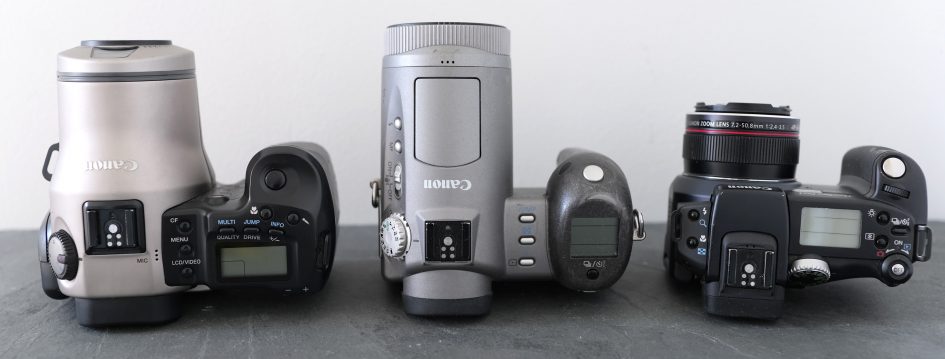
Rewind to the year 2000 and Canon launched the feature-packed PowerShot G1, which actually provided most of the internals for the Pro90 IS a year later. By the time of the Pro1 in 2004, the PowerShot G series was already on its sixth generation and proving extremely popular. It may not have had Pro in the title, but provided a similar degree of control and features desired by enthusiasts. Meanwhile in 2003, Canon launched the EOS 300D or Digital Rebel, the company’s first affordable DSLR. Both it and the ever-evolving PowerShot G models heralded the end of the PowerShot Pro series.
Of the three PowerShot Pros, the original Pro70 is of course the least practical today, relying on disposable battery packs and only offering limited quality and control. If you intend to shoot regularly, the Pro90 IS and especially the Pro1 are much more practical, although personally I don’t think the Pro1 deserves its unicorn status and used prices which can approach or top triple figures – I waited and eventually bagged one for a more reasonable £25. I’d also recommend one of the PowerShot G models if you’re after a vintage Canon digicam, although again make offers or wait for a reasonably priced one to come along.
Ultimately Canon may have only made three PowerShot Pro cameras, but each has an important place in the company’s history and evolution of high-end digicams. I’ve enjoyed using them all in the present day, and at least one should be in any serious collection!
Check prices at Amazon, B&H, Adorama, eBay or Wex. Alternatively get yourself a copy of my In Camera book, an official Cameralabs T-shirt or mug, or treat me to a coffee! Thanks!